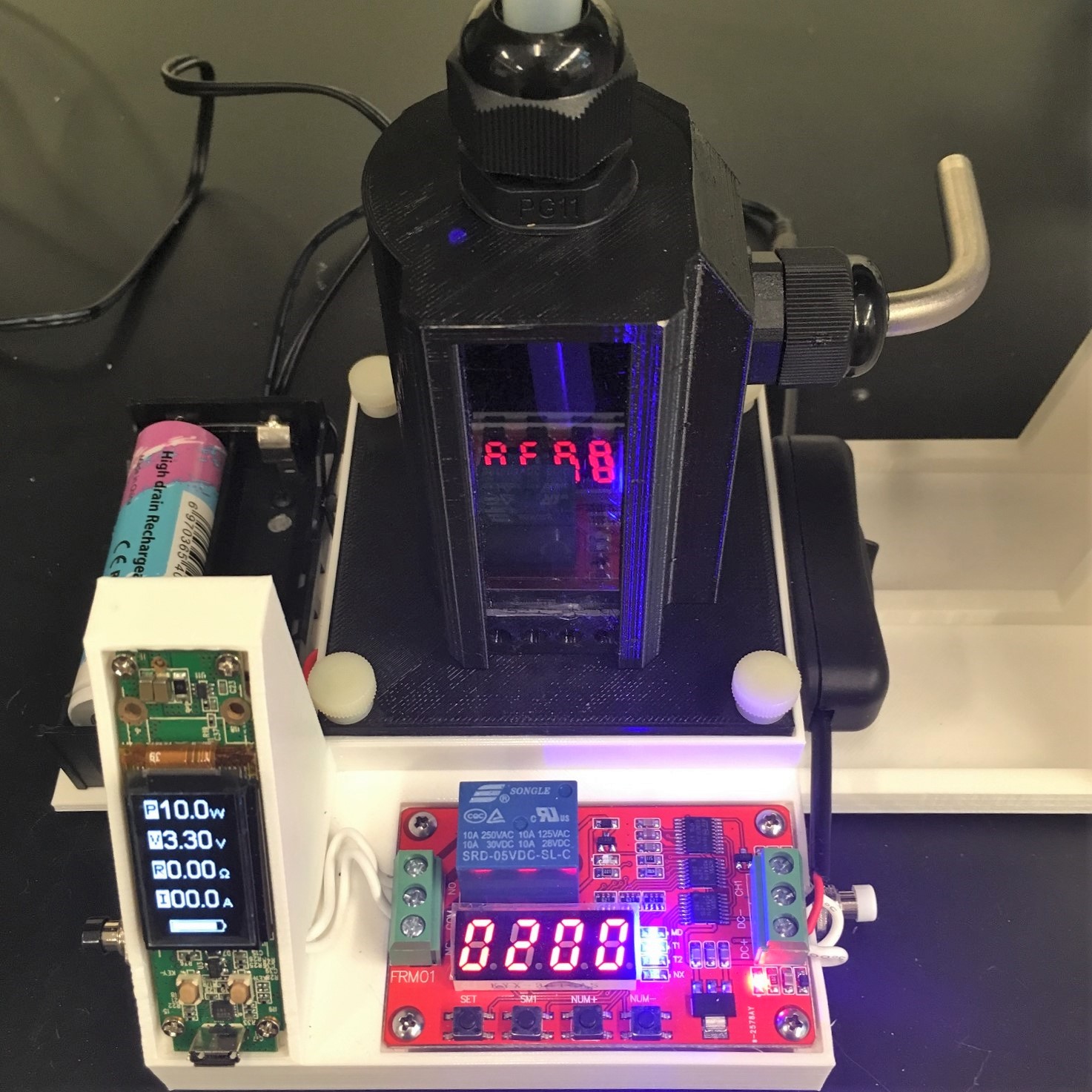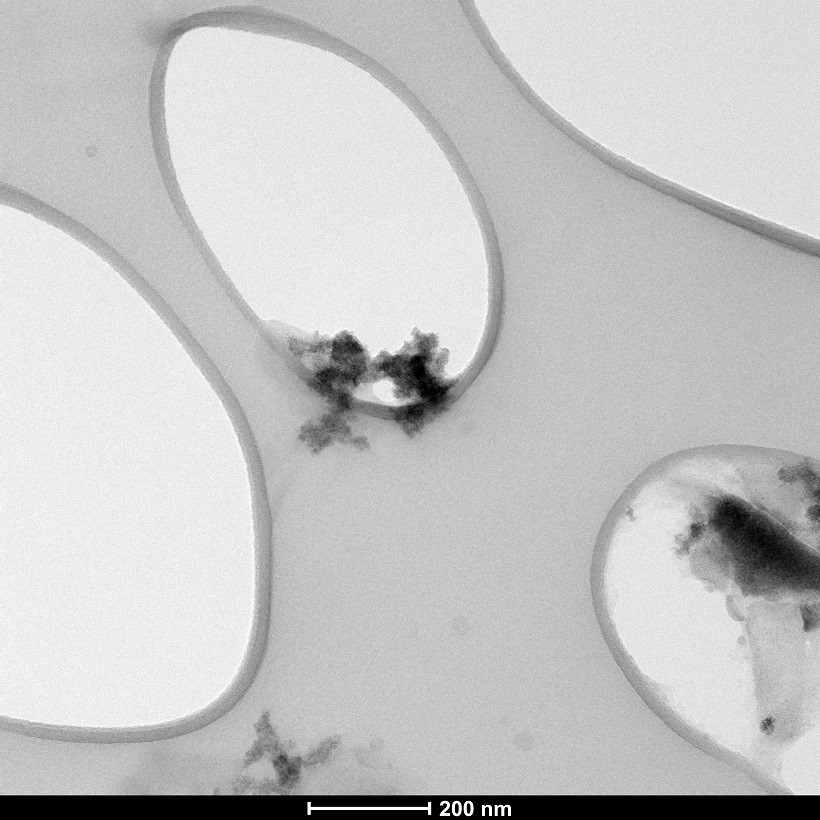Current Research
Development of bioaerosol sampling and rapid analysis systems
Bioaerosols are aerosols having a biological origin (e.g. airborne bacteria, fungi, fungal spores, and pollen). Sampling bioaerosol is essential for controlling air quality, assessing the exposure in health risk evaluation studies, identifying bioaerosol emission sources, and estimating the performance of air-cleaning devices. After sampling bioaerosol, a culture-based colony counting method is the most widely used analytical technique for monitoring bioaerosols. However, the conventional culture-based method requires at least 24 hours for colony formation which is not available in the field. Therefore, we have developed a bioaerosol sampler combined with a non-culture method. Specifically, a size-selective bioaerosol sampler that can collect bioaerosols onto the swab was combined with adenosine triphosphate (ATP) bioluminescence assay for measuring total bioaerosol concentration or immunochromatographic assay for identifying the pathogens.
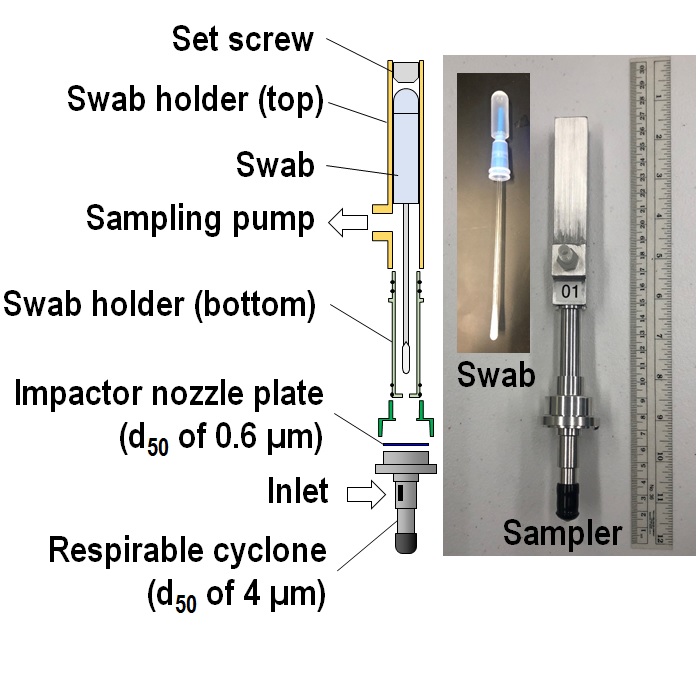
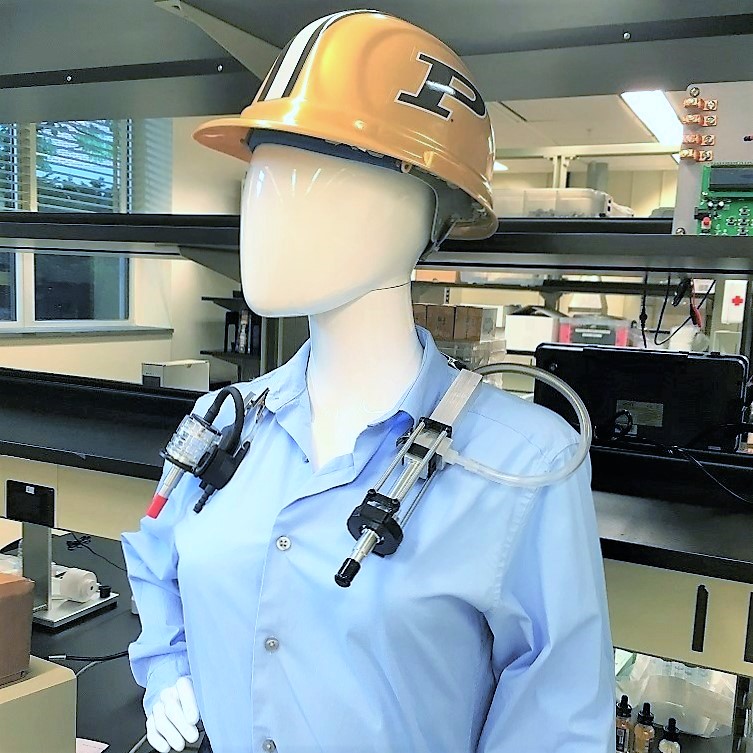
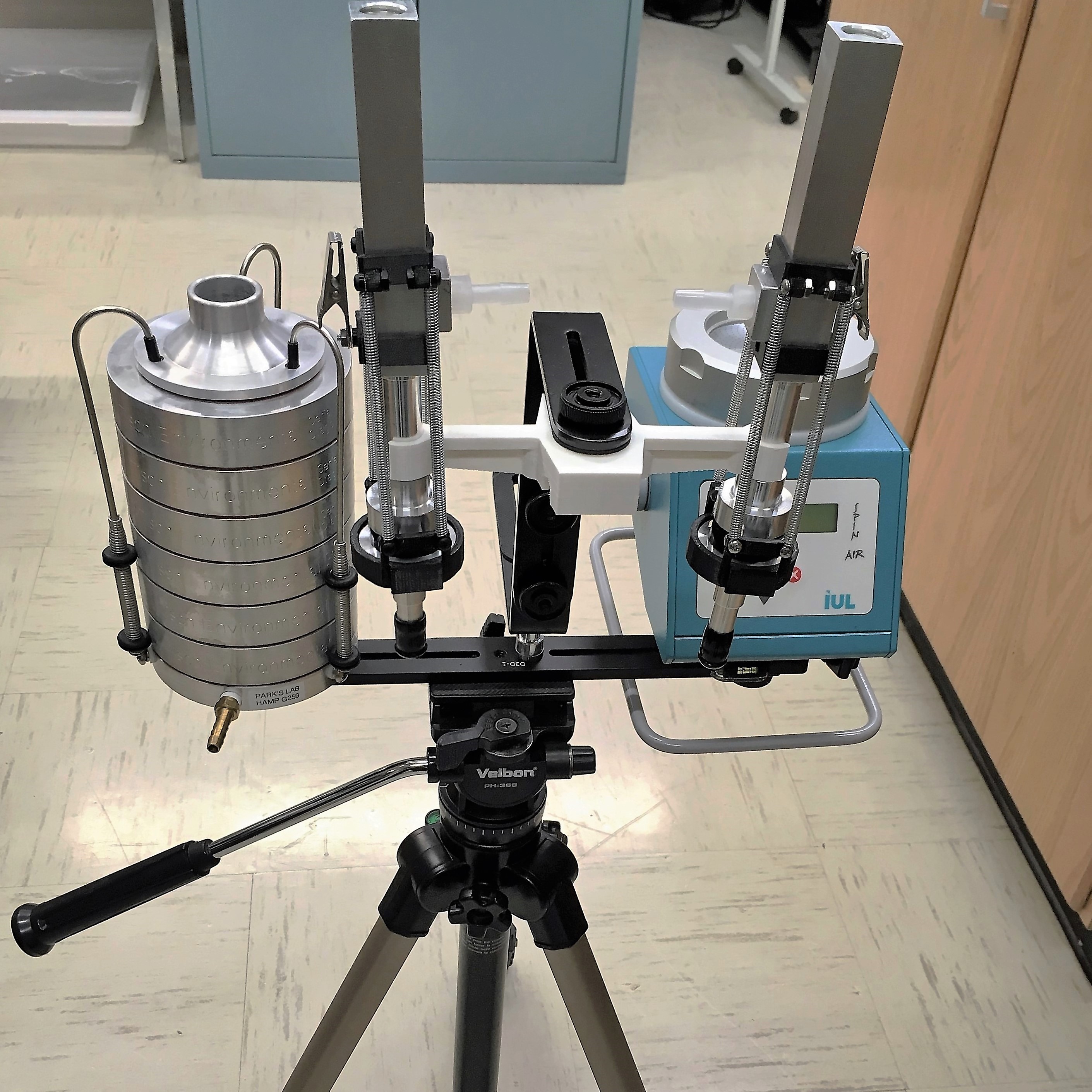
Assessment of welders' exposures to metallic nanoparticles
Aerosols in welding fumes often contain hazardous metals such as manganese (Mn). Welders’ exposure to Mn has been associated with Parkinsonian syndrome including cognitive and motor impairment. Although a significant portion of the welding fumes is comprised of nanoparticles, the current exposure limits for Mn are based on Mn in respirable and inhalable particles, leaving Mn in nanoparticles inappropriately characterized. A critical gap exists in our knowledge on the magnitude to which workers are exposed to Mn in nanoparticles in welding fume, and what role this exposure to Mn in nanoparticles plays for health effects. In this study, we have utilized a nanoparticle respiratory deposition (NRD) sampler that enables us for the first time to measure welders’ exposure to Mn in nanoparticles. The NRD sampler mimics the human lung structure and collects nanoparticles with an efficiency matching the nanoparticulate matter (NPM) sampling criterion representing the fraction of nanoparticle deposition in all regions of the respiratory tract. The use of the NRD sampler allows us to quantify welders’ exposure to NPM-Mn, which has a higher potential to directly enter the brain by bypassing the blood-brain barrier through the nasal-olfactory pathway, compared to Mn in respirable particles (resp-Mn). We have recruited welders in a local trailer manufacturing facility and have characterized the exposure to NPM-Mn versus resp-Mn in different types of welding.
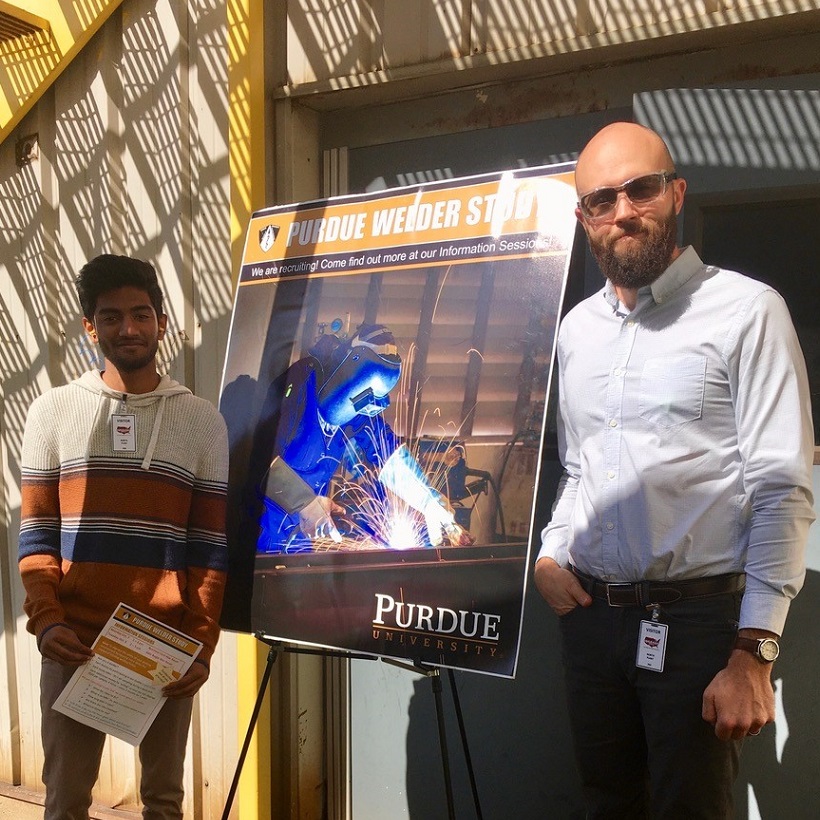
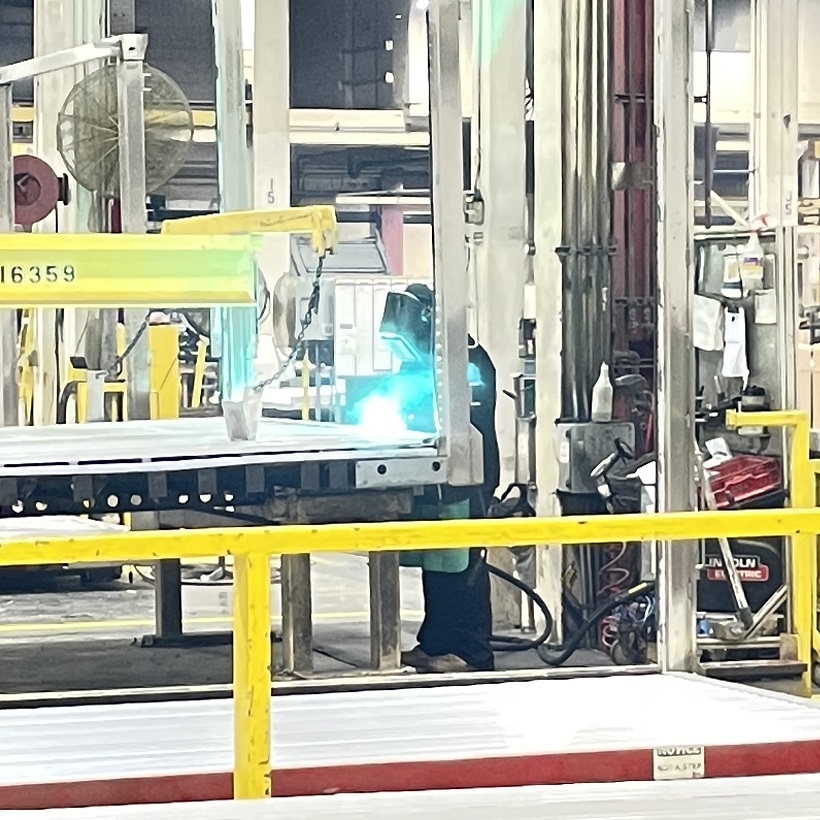
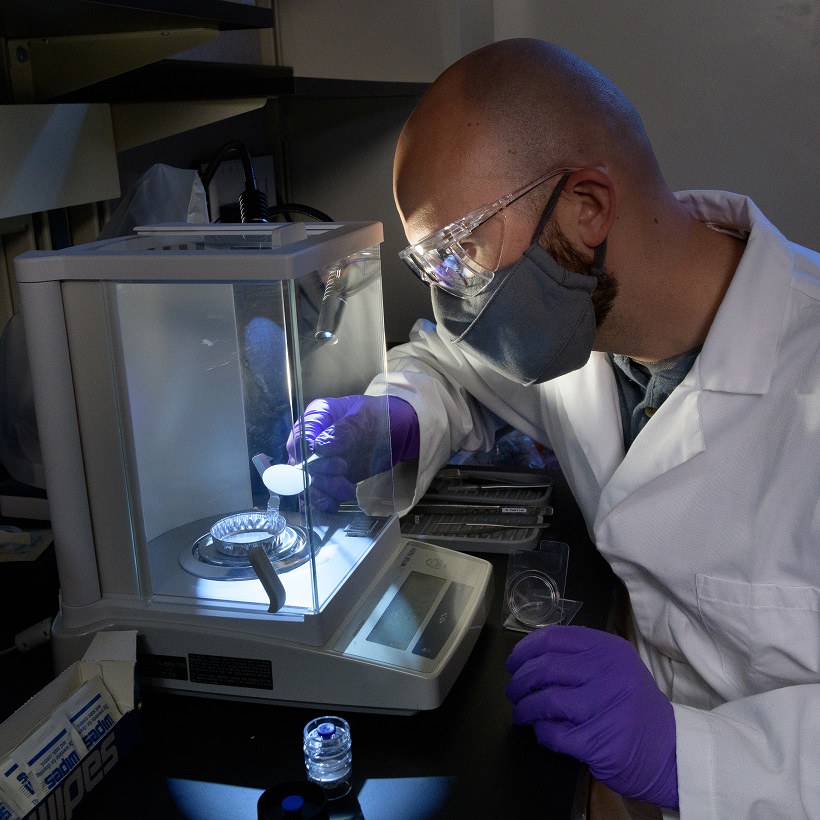
Synthesis of aerosol nanoparticles for toxicity tests
We have developed a spark discharge system to generate metallic nanoparticles and applied it to various studies. The spark discharge formed between two metal electrodes vaporizes materials from the surface of metal electrodes. Metallic nanoparticles formed from metal vapor due to nucleation and condensation. The spark discharge system can easily modulate metal nanoparticle size/shape and concentration. Currently, the spark discharge system has been used to simulate the nanoparticles in metal fumes. Specifically, copper, stainless steel, and welding nanoparticles have been produced and used in toxicological studies and evaluation of instrumentation.
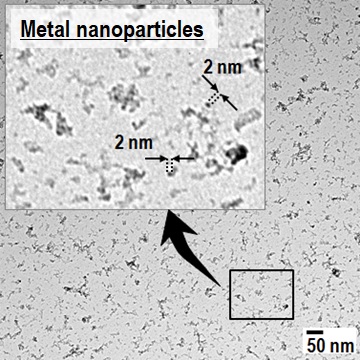
Characterization of metallic nanoparticles in electronic (e-) cigarette fumes
E-cigarettes are battery-powered devices that deliver vaporized nicotine. E-cigarettes were developed with the goal of mimicking the action of smoking, including nicotine delivery, without the toxic effects of tobacco smoke. The E-cigarette consists of a battery, a metal heating coil, a wick, and a nicotine container. When the metal heating coil is on, metallic nanoparticles can be produced via vaporization, condensation, and nucleation. Therefore, we have developed the e-cigarette generation system to investigate the metal nanoparticles emitted from e-cigarettes. We have tested various types of metal heating coils including Kanthal, Nichrome, titanium, and stainless coils, and measured the size distributions of particles emitted from the coils.
